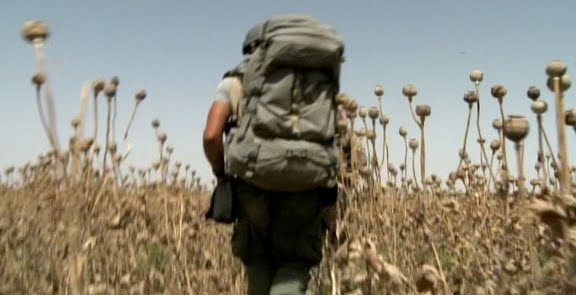WASHINGTON, 14 September 2010 — Now that we’ve defined backpack journalism, again, the next question might be, “So what does it take to be a backpack journalist?” Here are the requirements, not necessarily in order of importance. I’ve blogged about this before, and have somewhat altered what I believe is “the right stuff” of backpack journalism. So here is the latest version:
VISUAL TALENT: The backpack journalist needs artistic talent to recognize compelling images. Images are the engine inside this medium. The famous radio correspondent Edward R. Murrow reportedly said once that television is nothing more than radio with pictures. He was wrong. Good television, as well as good video on the Internet, is powerful images that drive the message and that are complemented by clear natural sound and connected by intelligent narration. But it’s images first.
WRITING SKILL: To quote one of my earliest journalism professors, “Good writing is clear thinking made visible.” Stated differently, if you can think clearly and know how to use a typewriter, or a computer, or a pencil and pad, then you can write well. Though our craft is driven by visuals, we need to be strong writers.
TECHNICAL SKILL: The successful backpack journalist must know how to make the camera produce on tape or on a computer chip the images that his/her mind’s eye sees. You have to be able to multi-task. Composition. Focus. Light. Background. Sound. Story. Story. Story. All at once.
PHYSICAL STAMINA: This craft presents a physical and an intellectual challenge. Even with the lightweight, hand-held digital cameras of today, working the craft properly demands a significant amount of physical stamina. You can’t practice the craft effectively if you’re not in shape.
HEART: I used to list this as “courage,” but courage does not adequately define this characteristic, although in some instances the backpack journalist might need raw, physical courage as well. What I mean here is the heart to practice a fundamentally intrusive craft despite what may be a lack of understanding or cooperation – or downright opposition – from people who just don’t want to be filmed. And I mean the heart necessary to tell and to stand up for your version of the truth, just the way you see it, despite the potential fallout from all sides. Because this craft allows such a deep sense of personal authorship, the buck stops with you. You own it. It’s your version of the truth. I once filmed an explosives expert from a major metropolitan police force while he rigged up some C-4 during an operation in New Jersey. I had hooked him up for sound with a wireless microphone – which he apparently forgot about — so I could hear him talk to himself while he prepared the blast. “It’s all you now, Frankie,” I heard him repeat over and again. “It’s all you.” And he was exactly right.
(Photo of New York Times photojournalist Tyler Hicks by Bill Gentile. Helmand River Valley, Afghanistan. 2008)
— Bill Gentile

